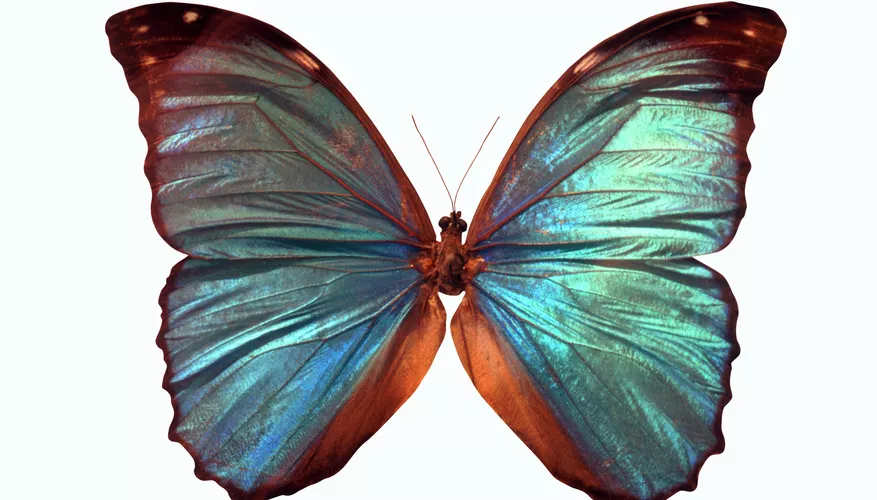Butterflies are among the most recognizable and widely distributed insects, fluttering from flower to flower in search of nectar. These scaled-winged insects are found across diverse habitats, though many species face threats from habitat destruction and climate change.
From dense rainforests to open prairies, butterflies thrive wherever nectar-producing plants are available. Understanding their species diversity, habitats, food sources, and climate adaptability can help in butterfly conservation efforts.

| Category | Estimated Number of Species |
|---|---|
| Total Butterfly Species Worldwide | 12,000 - 15,000 |
| Butterfly Species in the U.S. & Canada | ~750 |
| Total Moth Species Worldwide | 150,000 - 250,000 |
| Moth Species in the U.S. & Canada | ~11,000 |
While new butterfly species are still being discovered, their close relatives, moths, greatly outnumber them.
Butterflies are found everywhere except the Arctic, with different species adapted to specific climates and ecosystems.
| Habitat Type | Example Butterfly Species | Key Features |
|---|---|---|
| Deserts | Empress Leilia (Asterocampa leillia), Elada Checkerspot (Texola elada) | Thrive in arid environments, feed on succulent plants |
| Rainforests | Blue Morpho (Morpho peleides) | Found in dense tropical forests, feed on flowering plants & trees |
| Meadows & Prairies | Various species of fritillaries, hairstreaks, and swallowtails | Flutter between wildflowers, abundant in temperate regions |
| Backyards & Gardens | Monarch (Danaus plexippus), Swallowtails, Painted Lady (Vanessa cardui) | Found in urban gardens, drawn to nectar-rich flowers |
Butterflies are highly plant-dependent, requiring both nectar plants for adults and host plants for caterpillars.
Butterflies rely on host-specific plants, meaning their caterpillars feed on a limited range of plant species.
| Butterfly Species | Preferred Host Plants |
|---|---|
| Monarch (Danaus plexippus) | Milkweed (Asclepias spp.) |
| Viceroy (Basilarchia archippus) | Willows (Salix spp.), Cottonwood (Populus spp.) |
| Common Hairstreak (Strymon melinus) | False Indigo (Amorpha spp.), Hops (Humulus spp.), Hibiscus (Hibiscus spp.) |
While adult butterflies may feed on a variety of nectar-rich flowers, their larvae (caterpillars) are highly specialized in their food choices.
Climate plays a critical role in butterfly distribution, influencing their migration patterns.
| Migration Season | Butterfly Species | Migration Direction |
|---|---|---|
| Spring Migration (Northward) | Painted Lady (Vanessa cardui), Skippers (Hesperiidae family), Common Buckeye (Junonia coenia), Red Admiral (Vanessa atalanta) | Move north in search of warmer temperatures & food sources |
| Fall Migration (Southward) | Monarch (Danaus plexippus), Question Mark (Polygonia interrogationis), Queen (Danaus gilippus), Mourning Cloak (Nymphalis antiopa) | Migrate south to avoid cold temperatures |
Although butterfly migration, especially monarch migration, has been well-studied, there is still much to learn about other species' movement patterns.
Butterflies are delicate yet resilient insects, found in diverse habitats worldwide. Their survival depends on climate, food availability, and conservation efforts to protect their nectar and host plants.
By cultivating butterfly-friendly plants, preserving natural habitats, and supporting migration studies, we can help sustain butterfly populations for future generations.
animal tags: butterflies
We created this article in conjunction with AI technology, then made sure it was fact-checked and edited by a Animals Top editor.